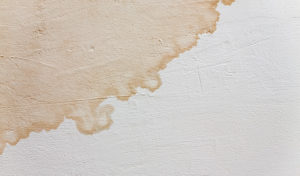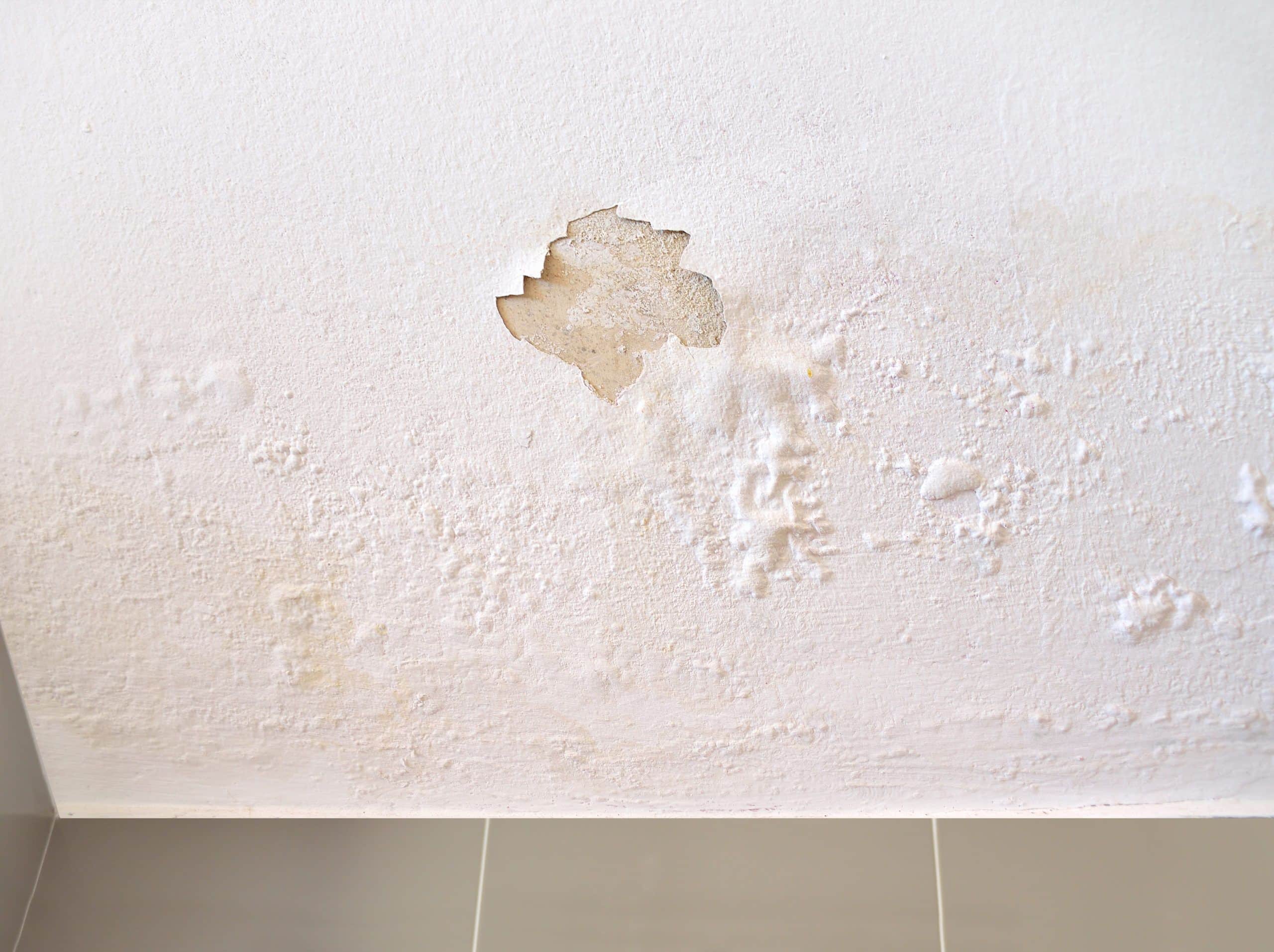Tips to Locate and Address Stains from Water Swiftly
Tips to Locate and Address Stains from Water Swiftly
Blog Article
The content down below relating to How to Remove Water Stains from Walls and Ceilings is absolutely engaging. Don't overlook it.

Water spots on wall surfaces are not pleasurable to the eyes. Sometimes it seems practically inescapable to experience water discolorations on wall surfaces in homes.
Property owners residing in moist regions continuously handle the worry of water spots on walls. That doesn't have to be the case for you. With well-rounded and precise information on the reasons for water spots as well as prompt repair processes, you will certainly constantly be a step ahead of such incidents. This short article guarantees to be a valuable guide for you.
3 Common Causes of Water Discolorations on Walls
Contrary to common belief, water spots on wall surfaces do not always originate from bad structure products. There are several sources of water spots on walls. These consist of:
Damp
When hot damp air meets with dry cool air, it triggers water beads to form on the wall surfaces of buildings. This occurs in washrooms as well as cooking areas when there is heavy steam from food preparation or showers. The water droplets can tarnish the surrounding walls in these parts of your residence and infect other locations.
Wet or condensation affects the roofing and walls of structures. When the wall surface is damp, it creates an appropriate setting for the growth of microbes as well as fungis.
Poor Drain
When making a structure plan, it is essential to make certain ample drainage. This will protect against water from seeping into the wall surfaces. Where the water drainage system is clogged or nonexistent, underground wetness accumulates. This web links to excessive dampness that you observe on the wall surfaces of your structure.
The leading cause of wet wall surfaces, in this instance, can be a bad drain system. It can additionally be because of bad administration of sewage pipelines that run through the building.
Pipe Leaks
A lot of houses have a network of pipes within the wall surfaces. This ensures that the pipes are well away from the reach of destructive rodents. It always increases the viability of such pipes, as there is little oxygen within the wall surfaces. This inhibits corrosion.
A downside to this is that water leak impacts the wall surfaces of the building and triggers extensive damage. An indicator of malfunctioning pipes is the look of a water discolor on the wall.
Pro Pointer
A houseplant in your home also increases its moisture. So, if your home is already moist, you may intend to present houseplants with minimal transpiration. An instance of ideal houseplants is succulents.
Water Spots on Wall Surface: Repair Work Tips
Property owners would generally desire a quick fix when managing water discolorations. They would soon understand this is disadvantageous as the water spots recur. So, right here are a couple of practical suggestions that will certainly assist you in the repair of water stains on wall surfaces:
Final thought
Although no one wishes to have water discolorations on walls in their residence, it can happen to the very best people. This write-up gives you take advantage of, as you currently know how to handle this incident if it does occur.
It is always best to hire specialist solutions to help repair the problems in your house.
Occasionally it seems almost unpreventable to experience water discolorations on walls in houses.
In contrast to preferred idea, water discolorations on walls do not always stem from poor structure products. There are a number of reasons of water discolorations on wall surfaces. The water droplets can stain the surrounding walls in these parts of your house and also spread to other areas.
Below are a couple of valuable pointers that will direct you in the repair of water spots on walls:
CHECKING FOR WATER DAMAGE
Water damage can be costly, and it may begin before you even notice the first signs of trouble. Water damage can cause mold and mildew in your walls and floors, which can create an abundance of health concerns for your family. It can also lead to costly repairs of various appliances and general home fixtures. To avoid the pricey consequences of water damage, here are Warner Service’s top 5 places you should check:
The walls – The easiest place to spot the beginnings of water damage is on the walls and ceilings of your home. If water damage is present, there will most likely be water stains, especially around the windows and doorframes, and/or cracks in the drywall. If a stain looks unusual (discolored to brown, black or gray, raised texture), has a swollen appearance or is soft to the touch, contact a professional immediately. The pipes – To avoid water damage, consistently check the pipes in your kitchen (especially the dishwasher and ice maker), bathrooms, laundry room (specifically washing machines) and basement for corrosion, leaks and water stains. Pay special attention to where the pipes connect in your home and the location of caulking around the bathroom fixtures, including toilets, sinks, showers and tubs. Missing or loose caulking and grout could be signs of leaking water. This seepage can also quickly cause mold and rust, so double check your water heater and tank for wet spots on the floor. The floor – Water damage is very easy to spot on the floor. Look for any warping or buckling of the material, especially in the basement. If your home has wood flooring, look for bright white or dark stains. If your home has carpeting, keep it dry and clean. A damp carpet that smells of mold could cause water damage and health problems. To avoid this, consider installing floor pans under your appliances to help prevent damages from small, slow and undetected leaks. The basement and attic – If your basement or attic smells odd check for mold and mildew around the area, especially the valley where the roof meets. While you are inspecting those areas, check for wall cracks, floor stains, rust and dampness in the insulation. If you live in a colder and/or rainier climate, perform routine checks for water damage from melting snow or ice and rain. The exterior – Check the roof for damaged flashing and missing, cracked or curled shingles. There should also be no standing water anywhere outside your home. This could be caused by puddles, leaky rain gutters or hoses, poor drainage, or short gutter spouts. Invest in a sump pump system or water flow monitoring system, and perform routine maintenance on these outdoor appliances to avoid indoor water damage.

I am very interested in How to Remove Water Stains from Walls and Ceilings and I'm hoping you enjoyed reading the entire piece. Are you aware of somebody else who is in to ? Be sure share it. I cherish reading our article about Water Stains on Walls.
Book Your Appointment Report this page